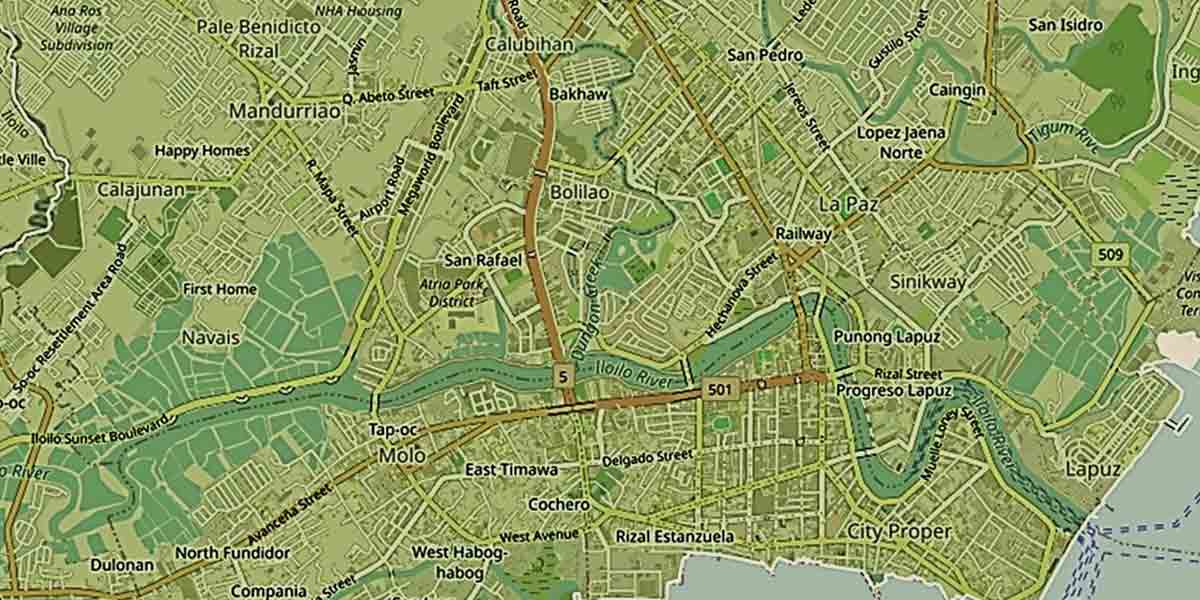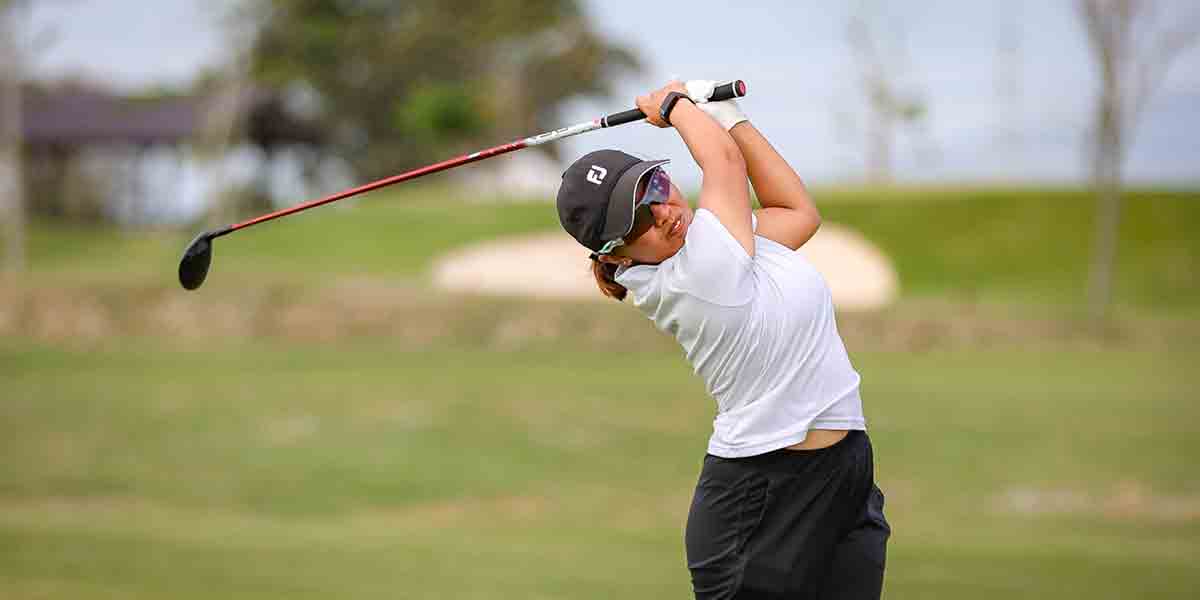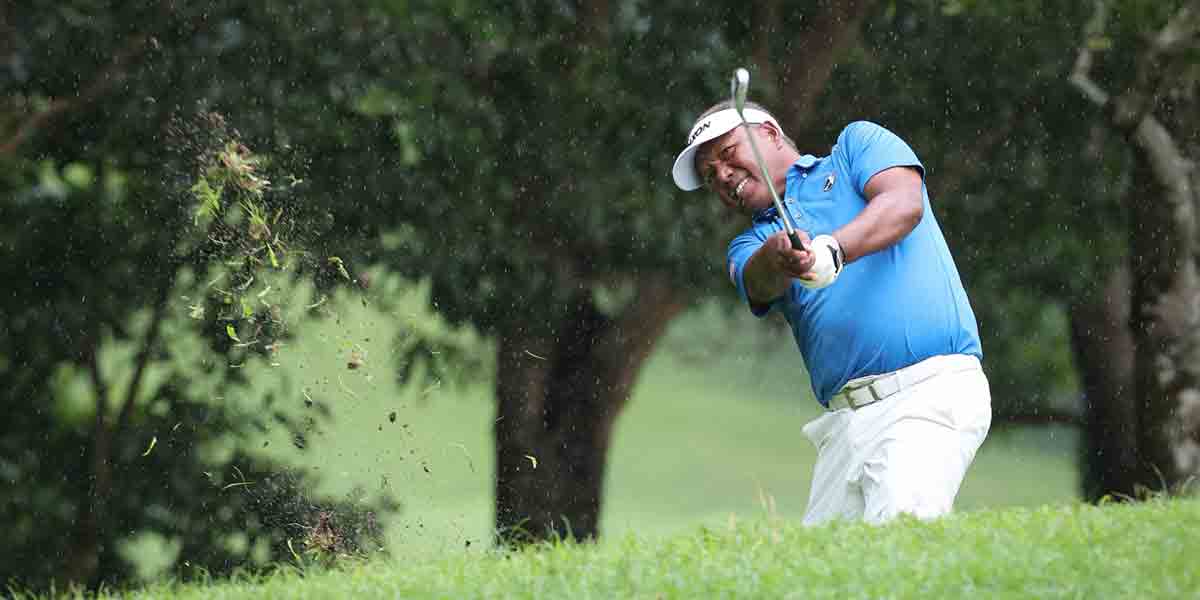 By Engr. Edgar Mana-ay
By Engr. Edgar Mana-ay
As the human race advances, so do tactics of war and the latest very useful war asset is the DRONE. Military drones normally look like small light weight airplane with no cockpit and windows. It varies in length from 2 feet to 20 feet. Drones are powered by lithium batteries or light weight internal combustion engine depending on its size. Pilotless, they are equipped with the most advanced computer technology, prime position and movement sensors that can measure distance, detect targets and avoid collision. It also uses radio to send back data like video and receives remote control. By the way there are also many civilian uses of drones such as in agriculture, surveillance and surveying, film making and many others.
Drones are now killing air machines as they can be equipped with a small rocket that in December 2019 caused the liquidation of Iranian General Suliemani as he walked out of his private plane at the Baghdad airport. Turkish drones believed to be as good as Israeli drones aid Azerbaijan in the ongoing Nagorno- Karabakh region war while on the other side, Armenia also uses Israeli drones! Outside of the U.S. the best war drones now is made by Israel and Turkey who also uses it in the Libyan conflict.
After the 6-days war, Egypt erected a 30-foot-high dirt barrier along its bank of the Suez, making it impossible for Israel to see if its enemy was amassing tanks, artillery cannons or soldiers. It was just difficult to see what was unfolding just across the canal, less than 300 meters away. Jet fighters cannot do reconnaissance flight because of the advance Russian surface to air missile (SAM) installed along the banks of the Suez. (In the Yom Kippur war, the Russian SAMs operated by Russian technicians, have shot down 100 Israeli elite fighter jets that without immediate replacement from the U.S., Israel could have lost the war). Maj. Shabtai Brill of the Israeli Defense Force (IDF) had come up with what seemed like the craziest idea – buy a toy airplane, attach a camera to its bottom and fly it over the border. At that time toy airplanes are not even available in Israel and so for $850 the IDF bought 3 toy airplanes made by a company called Kraft in the U.S. with a few extra engines, some spare tires and propellers.
The team of Brill mostly from the Jerusalem Aviation Club then installed a camera from a German imaging company called Robot and four radio channels, three to operate the toy plane and the fourth to activate the camera. It was improvisation at its best. They simply used strong rubber bands to secure the camera at the bottom directly to the fuselage. The first test flight survived the IDF anti-aircraft fire at 200 and 100 meters altitude. It was simply too small a target. In July 1969 the drone had its first spy flight across the Suez canal towards Egyptian territory and returned safely with the first high-resolution photos showing Egyptian soldiers, bunkers and communication cables.
With that initial success, the IDF began developing a drone that can fly 50 km. and stay airborne for hours at a time. They then tried to recreate a bigger and more durable drone but it was difficult than the IDF originally thought and so it decided just to purchase what was being developed by Lockheed Martin and Boeing. But the U.S.-made drone it purchased crashed one after another during initial testing. It was now clear to the IDF that it should develop its own drone and that task was given to David Harari, an Egyptian-born immigrant from France who moved to Israel with some 300 other French engineers. Among others his team composed of immigrants experts in flying toy airplanes, a hang-glider pilot and another on missile development. Its first engine used was a 10 hp. Engine from a chain saw modified to reach 12 hp. A bigger engine was needed so Harari contacted an American company, Herbrandson Engine Co. to build it. By October 1980 the Israeli Air Force (IAF) received four Scout drones, one control room set up in a mobile caravan. The planes were made of aluminum, carried a 17 kg. camera, had a wing span of 3.7 meters long. At full tank the drone weighed 135 kgs.
In 1982, Israel decided to invade Lebanon because of Palestinian terrorists regular firing of Katyusha rockets across the border. But the Syrians had installed Soviet SAM-6 missiles in the Bekaa Valleys, the same system that downed 100 Israeli aircraft during the Yom Kippur war with Egypt. It was the Scout Drones that pinpointed the exact locations of the 19 missile batteries. When the Syrians saw that the IAF were coming, it withdrew all its MIG fighters in the air thinking that the SAM can take care of it as what it did during the Yom Kippur war. That was a mistake because not only were the 19 missile locations accurately identified but the IAF had developed electronic warfare pods and other counter measures to get near the SAM locations and destroyed all of them.
Some of the SAMs were mobile but with the help of the Drone, Israeli missiles can alter its course to hit a moving target. The Soviet thought their SAM network was hermetic but its total destruction had undermined their feeling of invincibility. The Syrians then scrambled their Migs to intercept the Israel F-15s and F-16s but without the Russian SAMs support, they were simply no match to the skills of the Israeli pilots. During that Lebanon war, Syria lost 82 fighter jets and unlike the Yom Kippur war, not a single Israeli plane was lost. Again it was the Scout Drones that decided the outcome of the war in favor of Israel.
Syrian MiG 21 interceptors and helicopters were used to find the Scout Drones but they were too small to locate, besides they flew at very low altitude. Today Drones in the IDF come in different sizes, shapes and purposes. Some like the Heron TP – the largest in the IAF fleet – can stay airborne for days at a time; others can carry missiles for attack operations. Smaller Drones like the Skylark, can be launched like a football by a soldier who carries it in his backpack. What Drones provide is not just real-time intelligence but also the ability to track targets, to see where they are going, who they are with and when is the optimal time to attack. After three years of futile manhunt, the late Iloilo Provincial Commander Col. Marlon Tayaba used a drone to track down a helper of drug lord Prevendido from his hide out in Jaro to a drug store and the rest was history. When the order came to target the killing of Islamic Jihad commander Baha Abu al-ata, an IAF Drone was following him all day, every day. And to think that the scout drone started as a toy airplane spying across the Suez 53 years ago.























